Sustainability That Saves: How Energy Efficiency is Cutting Costs for Businesses


Cut through the green tape
We don't push agendas. At Net Zero Compare, we cut through the hype and fear to deliver the straightforward facts you need for making informed decisions on green products and services. Whether motivated by compliance, customer demands, or a real passion for the environment, you’re welcome here. We provide reliable information—why you seek it is not our concern.
Energy Efficiency Technologies
As businesses look to cut costs while enhancing sustainability, energy-efficient technologies have emerged as a key enabler. These innovations help companies reduce energy consumption, lower utility bills, and contribute to environmental goals.
LED Lighting
LED lighting is one of the simplest and most effective technologies businesses can implement to improve energy efficiency. Compared to traditional incandescent and fluorescent lighting, LEDs consume up to 75% less energy and last significantly longer.
Cost Savings: For businesses, the upfront cost of LEDs is quickly offset by reduced energy bills and longer replacement intervals. Large office spaces, retail stores, and warehouses that rely on constant lighting see particularly high returns on investment.
Smart Integration: Many modern LED systems now integrate with smart lighting controls, which allow businesses to automate lighting based on occupancy or time of day, further optimizing energy usage.
Smart HVAC Systems
Heating, ventilation, and air conditioning (HVAC) systems account for a significant portion of a building's energy consumption, especially in large office complexes or industrial settings. Smart HVAC systems have revolutionized energy efficiency by allowing for precise control and real-time monitoring of temperature and airflow.
AI-Driven Optimization: Smart thermostats and advanced controls use machine learning to analyze patterns in building occupancy and adjust heating and cooling accordingly, ensuring no energy is wasted in unoccupied spaces.
Energy Recovery Ventilation (ERV): Newer HVAC systems often include ERV technology, which captures and reuses energy from exhaust air, reducing the energy required to maintain indoor air quality.
Energy Management Software
Energy management software (EMS) plays a critical role in helping businesses monitor, control, and optimize energy usage across their facilities. These platforms gather data from various energy-consuming systems (lighting, HVAC, machinery, etc.) and provide actionable insights for improving efficiency.
Real-Time Monitoring: EMS platforms provide live data on energy consumption, enabling businesses to detect inefficiencies and take immediate corrective actions.
Predictive Maintenance: By analyzing historical energy usage patterns, EMS can help predict when equipment is likely to fail or operate inefficiently, allowing for proactive maintenance that minimizes energy waste.
Retrofitting Older Buildings
One of the biggest challenges for businesses, especially those operating in older buildings, has been the cost and complexity of upgrading energy systems. However, recent advancements have made retrofitting both easier and more affordable.
Many modern energy-efficient technologies are designed to integrate seamlessly with existing infrastructure. LED lighting, for example, often requires minimal rewiring, while smart thermostats can easily replace traditional models without significant modifications.
In many regions, local governments offer incentives or grants to encourage businesses to retrofit older buildings. These incentives can significantly reduce the cost burden of upgrading HVAC systems, installing energy-efficient windows, or adopting solar energy solutions.
Energy service companies (ESCOs) offer retrofitting solutions through performance contracts where businesses pay for upgrades through the energy savings generated, removing upfront costs entirely.
Tax Incentives
In the United States, businesses can claim a tax deduction of up to $1.80 per square foot for buildings that save at least 50% of heating and cooling energy compared to standard benchmarks. This deduction directly reduces the cost of energy-efficient upgrades for commercial buildings.
The U.S. also offers investment tax credits (ITC) for various clean energy technologies. For example, there's a 30% ITC for solar energy and qualified fuel cell properties, extended to January 1, 2017. This significant tax credit substantially lowers the upfront costs for businesses investing in these technologies.
Many countries have implemented similar tax incentives. For instance, Spain has announced plans to invest €3.4 billion in energy renovation actions through tax incentives as part of its recovery and resilience plan.
Sources: energy.gov, iea.org
Subsidies and Grants
The European Union has seen a significant increase in energy-efficiency subsidies. By 2022, these subsidies reached €30 billion, an increase of €8 billion from 2021. This substantial financial support helps offset the costs of energy-efficient upgrades for businesses.
Grants are particularly significant, accounting for over 50% of all energy efficiency subsidies in the EU in 2022. This direct financial assistance can significantly reduce the initial investment required for energy-efficient solutions.
Some countries offer targeted subsidies for specific technologies. For example, Germany committed €2.5 billion for investment in electric vehicle (EV) infrastructure and a €9,000 subsidy per vehicle to encourage adoption.
Sources: eumonitor.eu, ey.com
Financing Programs
Energy-efficient mortgages (EEMs) help businesses qualify for more expensive properties if they are energy-efficient or if the buyer commits to making energy-saving improvements.
Some governments provide soft loans for energy efficiency projects. In the EU, these accounted for 20% of energy efficiency subsidies in 2022.
Impact on Initial Costs
In Italy, the Super Ecobonus program provides a tax credit of 110% for energy-efficient renovation of buildings. This program has resulted in more than €20 billion in eligible investments, effectively eliminating the initial cost barrier for many businesses.
In the EU, energy efficiency grants expanded in parallel with the implementation of investments in the Recovery and Resilience Facility. This increase in available grants directly reduces businesses' upfront costs.
The U.S. tax deduction of up to $1.80 per square foot for energy-efficient commercial buildings can result in substantial savings, especially for larger facilities.
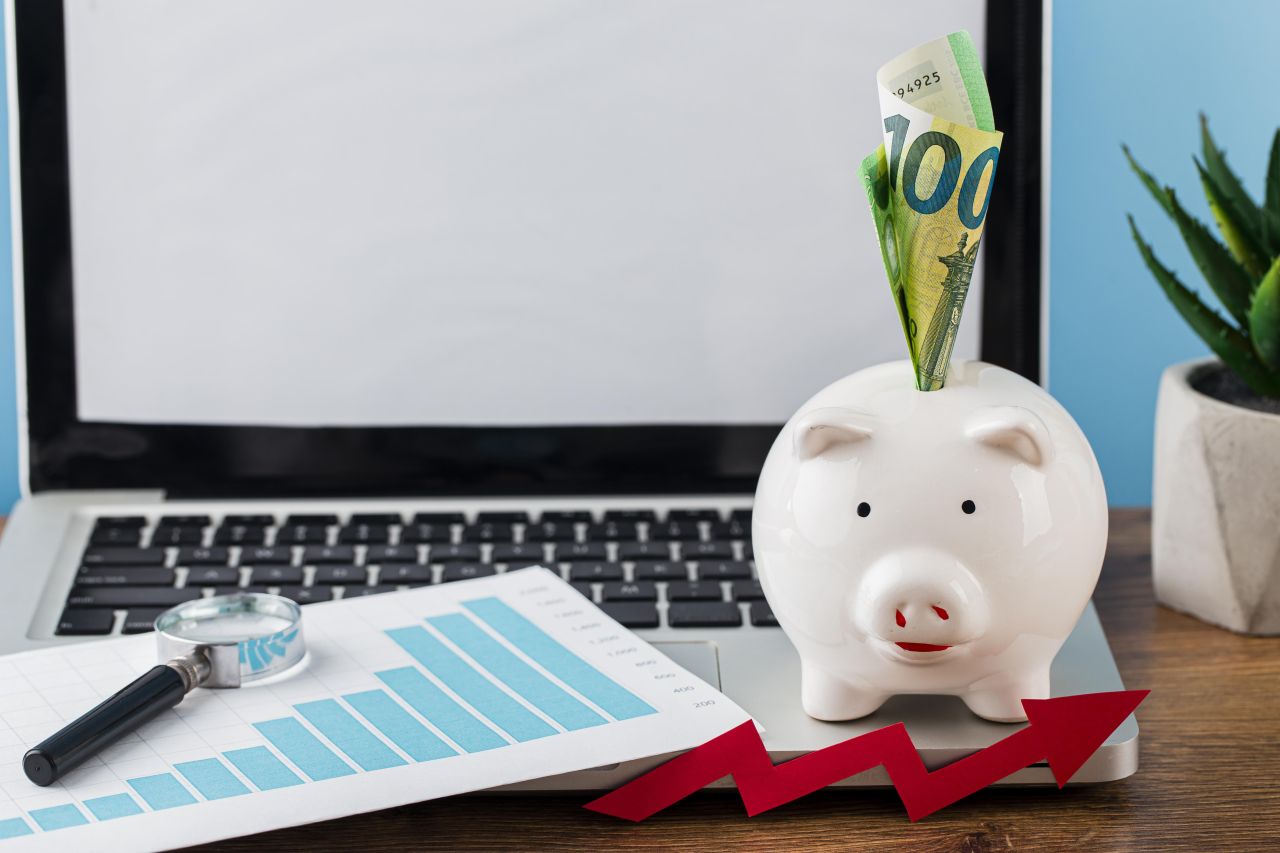
Case Studies of Businesses Saving Costs Through Energy Efficiency
Small Business: Gennaro Organic Hair & Beauty (Bedfordshire, UK)
Energy-Saving Measures:
Upgraded to LED lighting throughout the salon.
Installed energy-efficient hair dryers and styling tools.
Enhanced insulation to lower heating costs.
Results: Gennaro Organic Hair & Beauty has experienced lower energy bills, aligning with their organic and eco-friendly brand ethos. The energy-saving measures support their sustainable branding, contributing to an improved customer perception of the salon's commitment to both beauty and environmental responsibility.
Key Takeaway: For small businesses, energy-efficient upgrades can enhance brand reputation and reduce operating costs, making them attractive to eco-conscious consumers.
Medium Business: Coles Sewing Centre (Nottingham, UK)
Energy-Saving Measures:
Replaced traditional lighting with energy-efficient LED bulbs across the entire store.
Results: Coles Sewing Centre, a sewing machine retailer, now saves 25% annually on their lighting costs. The switch to LED lighting represents a simple but effective energy-saving measure, proving that even modest investments can lead to substantial cost reductions.
Key Takeaway: Medium-sized businesses can achieve significant energy savings with low-cost, easily implementable solutions like LED lighting, which has a quick payback period.
Large Business: 7-Eleven Denmark
Energy-Saving Measures:
Installed energy monitoring systems across 120 locations.
Optimized refrigeration and HVAC systems to reduce unnecessary energy use.
Implemented automated energy management systems to monitor and adjust energy usage in real time.
Results: 7-Eleven Denmark achieved an impressive 11.5% reduction in energy consumption across its stores. These measures not only lowered operating costs but also aligned with the company's sustainability goals, reducing the environmental footprint of their locations.
Key Takeaway: Large businesses with multiple locations can benefit from energy monitoring and automation, leading to significant savings on energy bills and a reduced environmental impact.
Industrial Sector: Nexans (Manufacturing)
Energy-Saving Measures:
Partnered with Signify for a "Light as a Service" (LaaS) solution.
Replaced outdated lighting fixtures with energy-efficient LED systems.
Outsourced the management of lighting to Signify, freeing up internal resources for other tasks.
Results: While exact financial savings were not provided, Nexans reported substantial energy consumption reductions and improved workspace comfort. By outsourcing lighting management, Nexans also freed up internal resources, allowing the company to focus on core operations.
Key Takeaway: Industrial businesses can benefit from outsourcing energy management services, allowing them to reduce energy consumption while focusing on improving productivity and operations.
Food and Beverage: Beck & Co Brewery (AB InBev)
Energy-Saving Measures:
Installed EDF Renewables' Battery-as-a-Service (BaaS) system to manage energy use.
The battery system stores energy during periods of low demand and releases it during high-load times, smoothing out energy consumption patterns and lowering peak demand costs.
Results: The brewery successfully reduced energy demand peaks and lowered electricity expenses. The BaaS solution was implemented seamlessly, without disrupting operations, showcasing the potential for energy storage systems in industrial settings.
Key Takeaway: Energy storage solutions can significantly reduce energy costs for businesses by balancing demand and minimizing peak charges, especially in energy-intensive industries like brewing.
Retail Sector: Coop Supermarkets (Sweden)
Energy-Saving Measures:
Partnered with ANEO for a Refrigeration-as-a-Service (RaaS) solution, implemented across 9 stores.
Installed advanced, energy-efficient cooling systems designed by Danfoss.
Implemented a fixed-cost service agreement, allowing for predictable expenses over time.
Results: The new refrigeration systems saved Coop 6 million kWh of energy annually across the 9 stores, significantly lowering energy costs and reducing their carbon footprint. The fixed-cost service model also provided financial predictability, which was beneficial for long-term budgeting.
Key Takeaway: Retail businesses can benefit from energy-efficient refrigeration systems, especially when paired with a service agreement that locks in costs and provides operational stability.
Sources: businessenergyefficiency.campaign.gov.uk, best.energy, energy-base.org
Impact on Brand Reputation
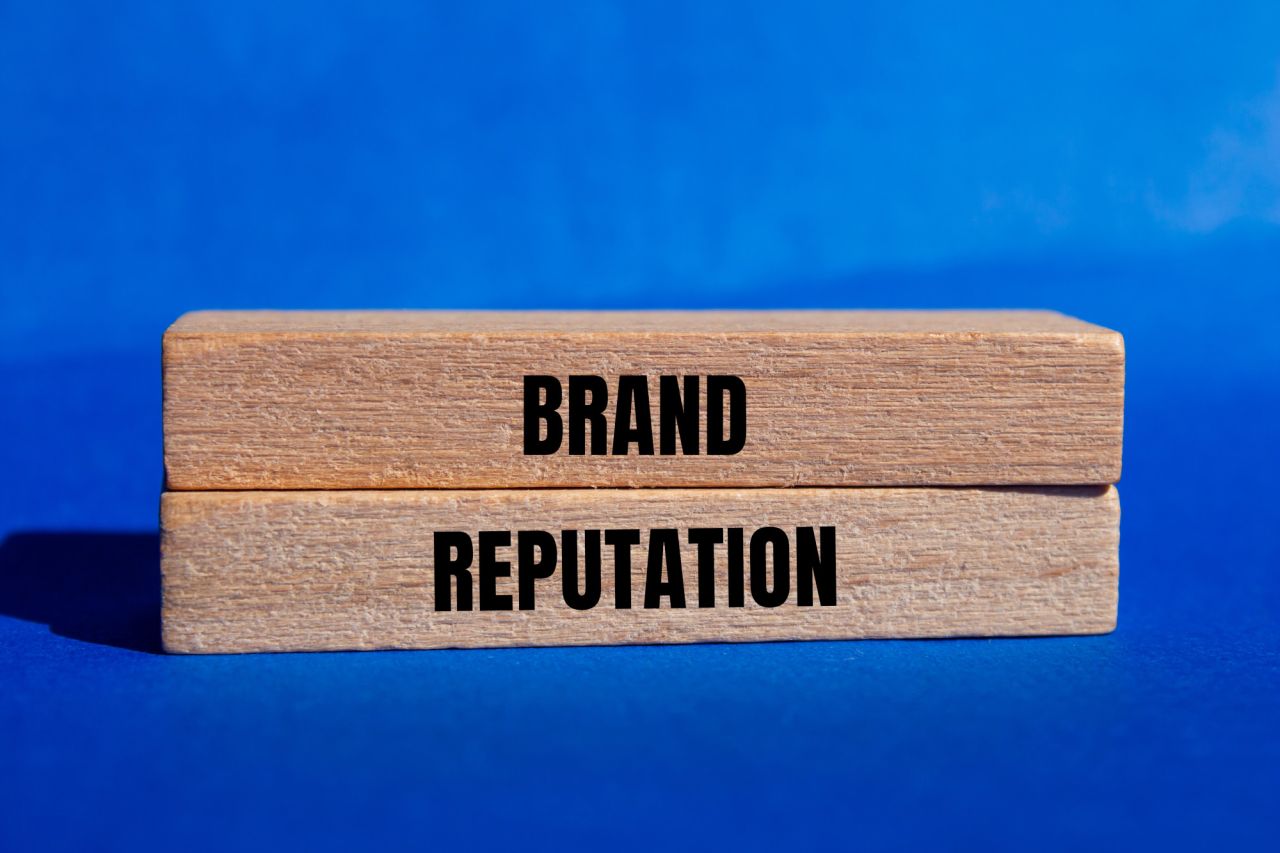
Businesses that adopt energy-efficient practices benefit not only from reduced operational costs but also from an enhanced corporate social responsibility (CSR) image. Implementing energy-saving technologies signals a company’s commitment to sustainability, which resonates strongly with both consumers and investors. In today’s environmentally conscious market, companies are increasingly judged not just by their products or services, but by the values they uphold. By embracing energy efficiency, businesses show that they are taking tangible steps toward reducing their environmental footprint, which can elevate their brand reputation and attract more loyal customers.
In fact, consumers are increasingly leaning toward companies that demonstrate a strong commitment to sustainability. A growing number of people prefer to buy from businesses that align with their values, particularly when it comes to environmental stewardship. As the trend toward greener choices strengthens, businesses that fail to prioritize sustainability risk losing market share to more forward-thinking competitors. For more insights into this growing consumer preference, check out our on how consumer demand drives business sustainability initiatives.
Moreover, adopting energy-efficient practices often leads to achieving green certifications, which further enhances a company's CSR profile. Certifications such as LEED (Leadership in Energy and Environmental Design) or ISO 50001 demonstrate that a business is not just making superficial claims but is meeting verified standards for environmental responsibility. These certifications serve as a mark of credibility, attracting environmentally conscious consumers and clients while also providing a competitive edge. For a deeper dive into the role of green certifications, read more on NetZeroCompare here.
By aligning energy efficiency with CSR goals, businesses can effectively lower costs while also building a more sustainable and socially responsible brand image—key factors in attracting today’s increasingly eco-conscious consumer base.

More related content
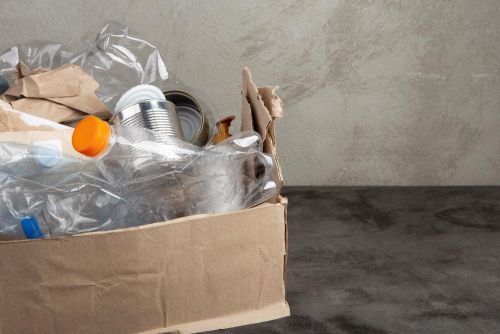
Extended Producer Responsibility (EPR) for Packaging: Country-by-Co...
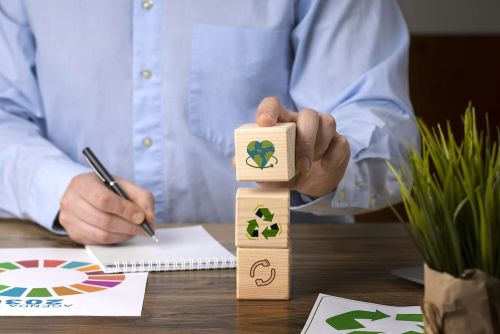
What Is Scope 3? Understanding Indirect Emissions and Their Regulat...
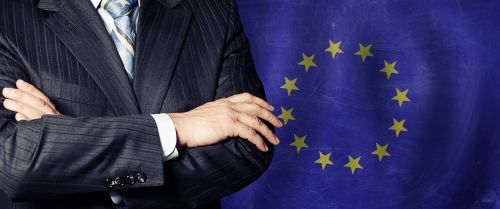
The EU's Omnibus Proposal: A Deep Dive
